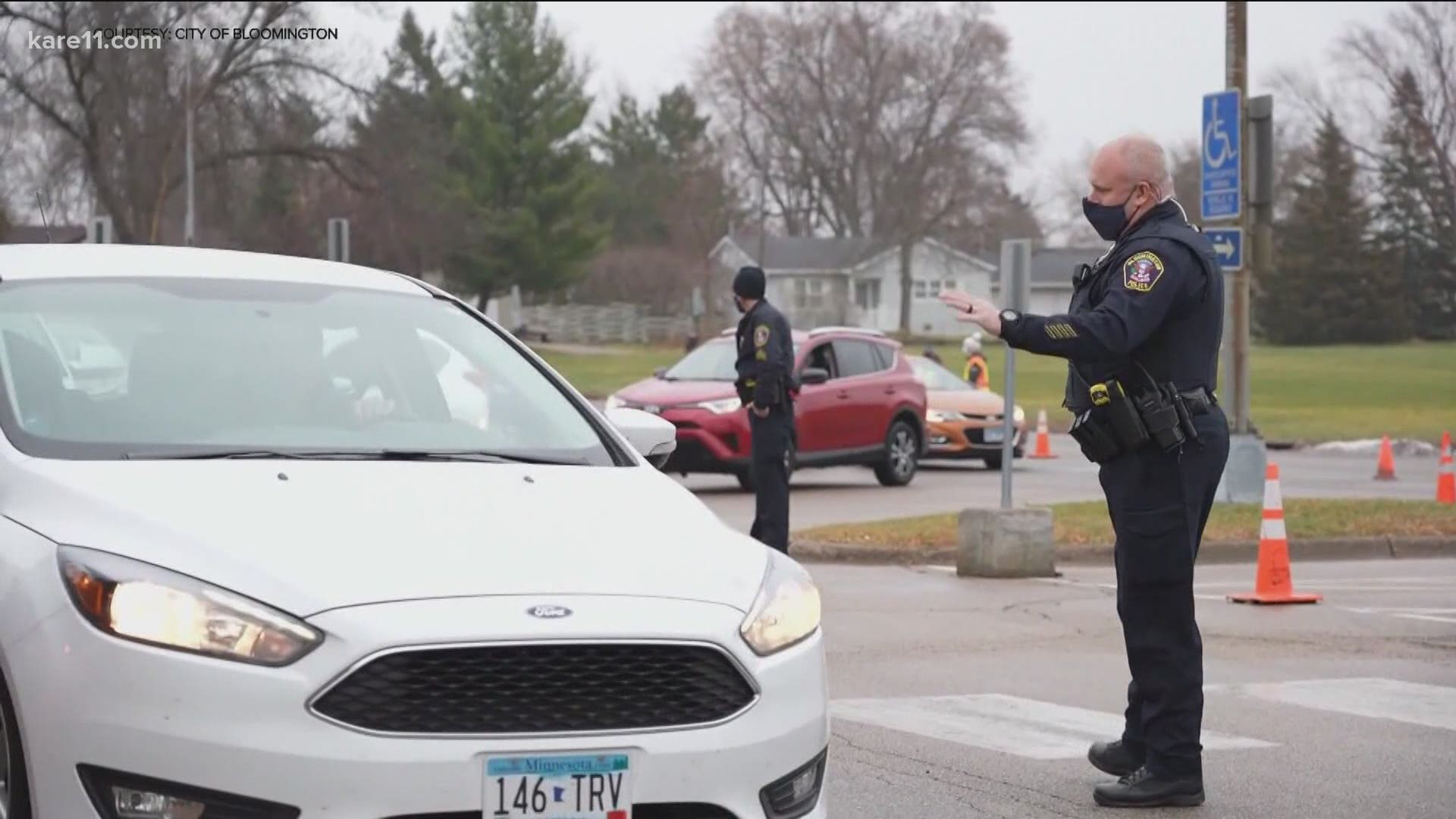BLOOMINGTON, Minn. — If a tree falls in a forest and no one is around to hear it, it still makes a sound. And when someone is around to record it, the sound has power to reach the world.
At least, that's what happened last year as a teenager on the scene of George Floyd's murder recorded cell phone video that would go viral, leading to the release of video from other sources including surveillance cameras and police body cameras. The various footage played a key role in the trial and subsequent conviction of former Minneapolis police officer Derek Chauvin this year.
Two cities over, Bloomington Police Commander Kimberly Clauson weighed in on the overall advantages of having access to multiple sources of footage.
"It certainly helps to have different perspectives," Clauson said. "We review multiple videos as supervisors at the police department and the same goes for our prosecution and defense teams. They want to see all the videos from all the officers on scenes."
Even with all of the body camera video, there are more perspectives to explore.
"We're limited in what our body cameras view because it's a fixed point and the camera moves with an officer's body but it doesn't move with their eyes and so what the officer sees isn't necessarily what the camera sees or what the camera shows when you review the footage," Clauson said.
As of summer 2019, Anoka, Dakota, Hennepin, Ramsey, and Washington Counties either had body cameras or were studying their use. Yet a KARE 11 Investigation this year found the Anoka County SWAT Team doesn't wear body cameras and as recently as February, the camera-less team raided the wrong Coon Rapids townhome.
According to the Minnesota Bureau of Criminal Apprehension, there is no database tracking which departments use body cameras.
Clauson says Bloomington went live with body cameras just two years ago, in March 2019, after a lengthy but worthwhile process.
"We've also been able to mediate conflict between officers and citizens based on reviewing body camera footage and then see where the breakdown in communication might have been and explain situations more thoroughly," she said. "Also we use it as training. If we see something our officers did or said that they could have done better we use that camera footage to review with them where things could have been handled differently."
Cost is a main challenge agencies encounter when adding body cameras to their toolkit because expenses include not only the price of the cameras but also the technology and electrical work needed to store them. Footage files also need a place to be stored.
Clauson gives credit to Burnsville Police for paving the way as the first agency in Minnesota and one of the first in the country to implement the technology.
And when it comes to eyewitness cell phone video and its power to reach the world, "We welcome their recordings," Clauson said.
"The only time we have issues is if someone is trying too close where it's not safe for them and it's not safe for the officers where the footage or the camera view to the person becomes more important than safety."

